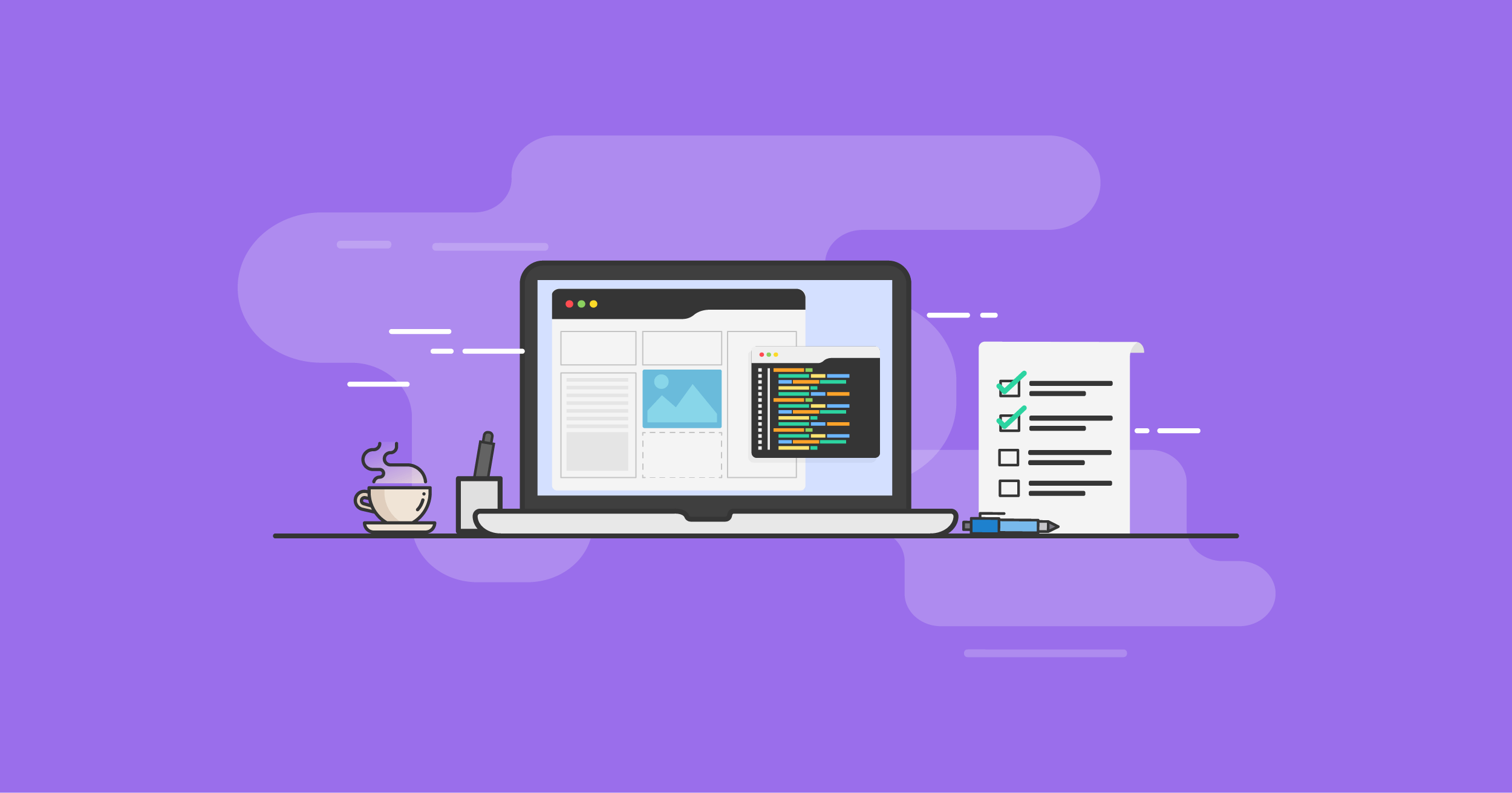How Specialist Web Design Can Change Your Online Presence
How to Accomplish a Balanced and Visual Website Design That Satisfies the Diverse Demands of Individuals and Services Alike
Attaining a well balanced and visual internet layout that efficiently fulfills the different requirements of customers and companies calls for a nuanced understanding of both design concepts and customer actions. By balancing components such as color, typography, and imagery with the essential elements of usability and access, designers can create compelling digital experiences. The difficulty lies in making sure that these components function with each other cohesively while resolving the special requirements of varied customer groups. Just how can one browse this intricate landscape to strike the best balance? The answer may depend on a much deeper expedition of crucial layout approaches.
Recognizing Customer Requirements
As web style progressively ends up being a critical component of individual experience, recognizing individual needs becomes a fundamental action in creating reliable electronic atmospheres. web design. An extensive understanding of customer requirements is important for developing websites that not just draw in site visitors but additionally involve and retain them. This understanding can be accomplished with different approaches, consisting of user study, surveys, and functionality screening, which give insights right into individual choices, actions, and pain factors

Moreover, comprehending customer needs expands to responsiveness and availability, ensuring that all users, despite device or capability, can browse the website flawlessly. By embedding user-centric principles into the design process, web designers can produce balanced atmospheres that meet the diverse requirements of both individuals and companies. Eventually, focusing on user understanding results in much more significant interactions and improved general contentment with the digital experience.
Principles of Visual Style
A user-centered approach naturally leads to the consideration of visual layout concepts, which play a critical function in shaping the overall user experience. web design. Effective visual layout equilibriums components such as shade, typography, imagery, and layout to create an aesthetically enticing user interface that resonates with individuals
Color theory is basic, as it stimulates feelings and influences understanding; hence, a thoughtful color palette can enhance brand name identification while making sure readability. Typography, on the other hand, contributes to the layout's quality and power structure, assisting users via the material flawlessly. Choosing fonts that straighten with the brand name's personality fosters acknowledgment and interaction.
Imagery is one more vital component, giving context and aesthetic interest. High-quality photos ought to be appropriate and sustain the general story while preventing mess.
Additionally, the format needs to make sure a rational flow of info. Utilizing concepts such as alignment, distance, and whitespace enhances organization and helps with navigating.
Integrating these visual design principles not just draws in users however additionally fosters depend on and integrity, eventually bring about an extra meeting communication. By harmonizing visual elements, developers can create an interesting and unforgettable experience that satisfies the diverse needs of individuals and businesses alike.
Significance of Use
Usability stands as a cornerstone of reliable web design, straight influencing just how individuals communicate with a website. When functionality is prioritized, it enhances customer fulfillment, resulting in boosted involvement and higher conversion prices.
Additionally, official source an emphasis on functionality fosters trust fund and reputation. Websites that are instinctive and very easy to navigate are regarded as expert and dependable, motivating customers to return. Alternatively, bad use can cause high bounce rates, as customers swiftly abandon websites that irritate them.
In addition, usability is important for fulfilling diverse user requirements. Inevitably, by focusing on use, internet designers create a more appealing, credible, and reliable on-line experience that benefits both individuals and services alike.
Access Standards in Design
Integrating availability criteria in website design is important for creating an inclusive on-line environment. These standards, primarily described by the Web Content Availability Standards (WCAG), guarantee that all users, including those with specials needs, can efficiently interact with electronic web content. By sticking to these standards, designers can enhance usability across numerous systems and gadgets.
Secret facets of access consist of supplying alternate text for photos, making certain sufficient shade comparison, and utilizing clear and consistent navigating. Furthermore, applying key-board navigability enables users that can not utilize a mouse to access all functionalities. It is additionally vital to think about using display visitors, which require well-structured HTML to convey details precisely.
In addition, adhering to availability criteria not only benefits customers with disabilities however likewise boosts the general customer experience. Ultimately, incorporating access into internet layout is an important action towards attaining a balanced and visual electronic visibility that offers the needs of all users.
Balancing Visuals and Capability
While striking a harmonious balance between visuals and performance is crucial in internet design, accomplishing this balance usually poses a challenge for designers. A visually attractive internet site can astound customers, attracting them right into the material; index nevertheless, if it lacks performance, the user experience can swiftly deteriorate. Alternatively, very practical sites may prioritize functionality but risk showing up nasty or bland.

Moreover, interactive components ought to enhance the overall design, offering engaging experiences without overwhelming individuals. Aspects like buttons and kinds need to be clearly noticeable and easy to engage with, reinforcing performance.
Ultimately, effective website design synthesizes visuals and capability, creating an appealing environment that fulfills the diverse requirements of customers and services alike (web design). By carefully taking into consideration exactly how each layout choice effects both visual appeals and use, designers can craft sites that reverberate with individuals while fulfilling their designated goals
Final Thought
By understanding user demands and sticking to visual style principles, developers can produce visually attractive interfaces that retain functionality. The focus on functionality and adherence to availability home requirements guarantees that diverse user groups can engage perfectly with electronic platforms.